Monitoring surface run-off and soil erosion processes

Authors:
Within the ‘Unlocking the potential of rainfed agriculture in Ethiopia for improved rural livelihoods’ (UNPRA) project, the University of Natural
Resources and Applied Life Sciences, Vienna, Austria (BOKU) research focuses on the establishment of a hydrological model of the Gumara-Maksegnit watershed to provide a link between local watershed characteristics and the generation of run-off and sediment loss in the watershed and to 2 set up various conservation scenarios to improve rural livelihoods. Several watershed characteristics were analysed and sampled to provide input data for the development of a watershed model using the soil and water assessment tool (SWAT). Besides required data input, a model needs calibration data to fit the magnitudes of single processes simulated by the model.
